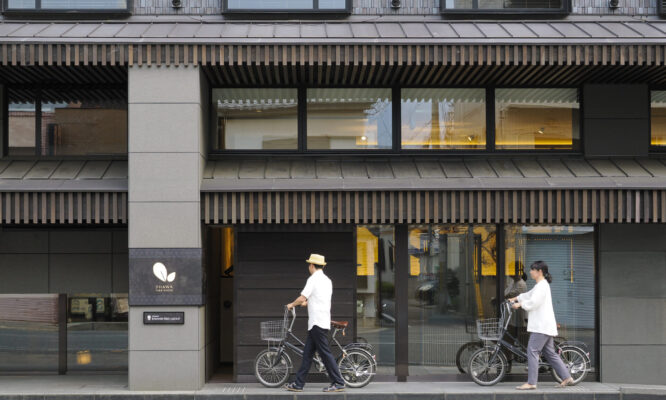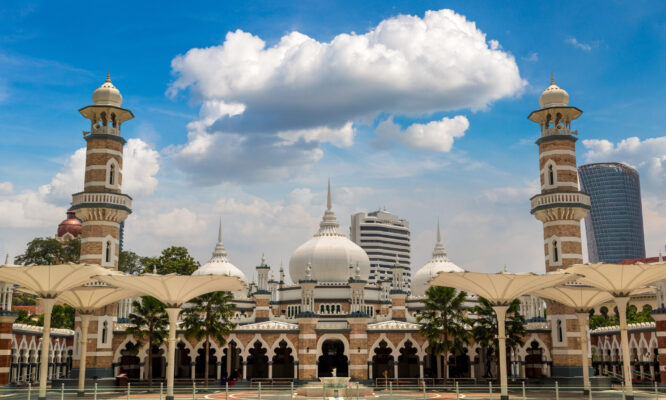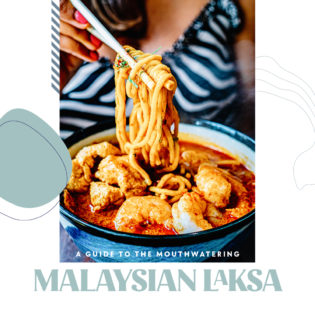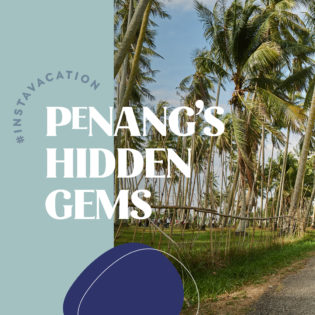Uncover the mystery behind Malaysia’s traditional weapon.
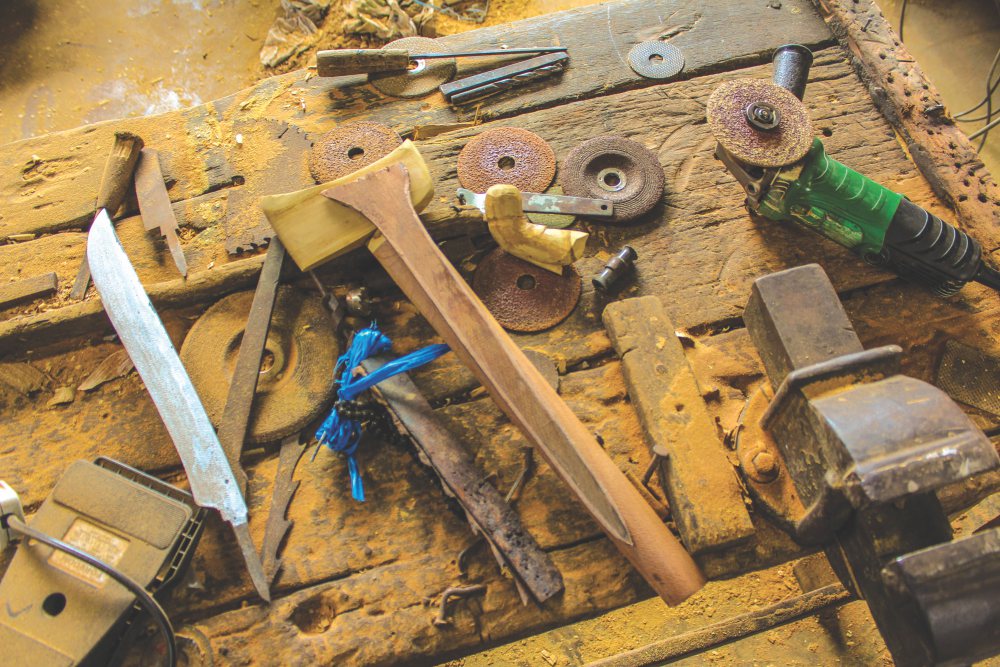
As Kuala Kangsar’s royal palace, mosque, museum and well-preserved buildings tower over us, entering Bukit Chandan feels like a journey into a fantasy world. As we drive down a trail to Kampung Padang Changkat, we can tell from the cacophony of metal clanging and machinery at work that this is it. We are at the home of Perak’s famous keris master.
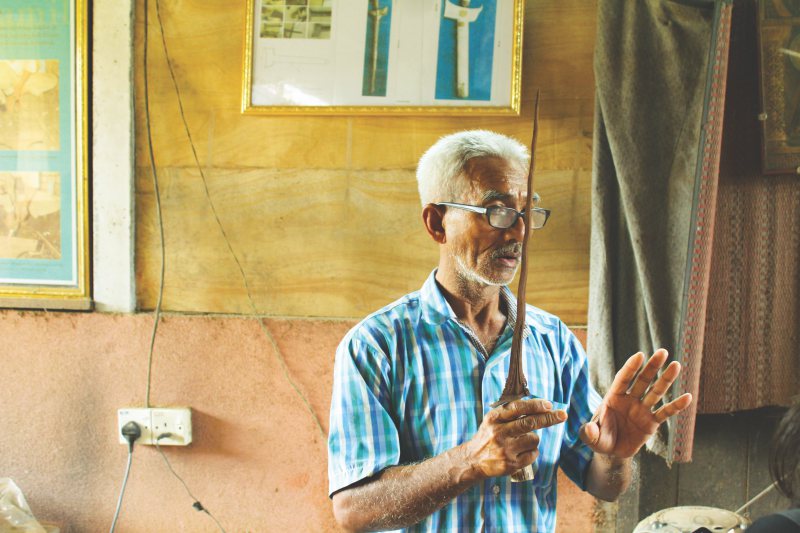
Abdul Aziz bin Abdul Jamil, better known as Pak Mazin, leads us into his workshop. There are stacks of metal pieces and wooden planks, along with bits of shavings strewn across the floor. The centrepiece is an old furnace and an anvil.
RFP.InFeed.Default.run({“immediately”:true})
Pak Mazin, who is the fourth generation in his family to practise this craft, shares that he took an interest in blacksmithing at the age of 10. “This was passed down from my ancestors, to my grandfather, then my father. I started in the sixties. At that time, I was still in school. When I was 16, I could make other things, from cleavers and machetes to keris.”
He is so well-known for his keris craftsmanship that Pak Mazin has been commissioned to make the dagger for members of royalty, including the King.
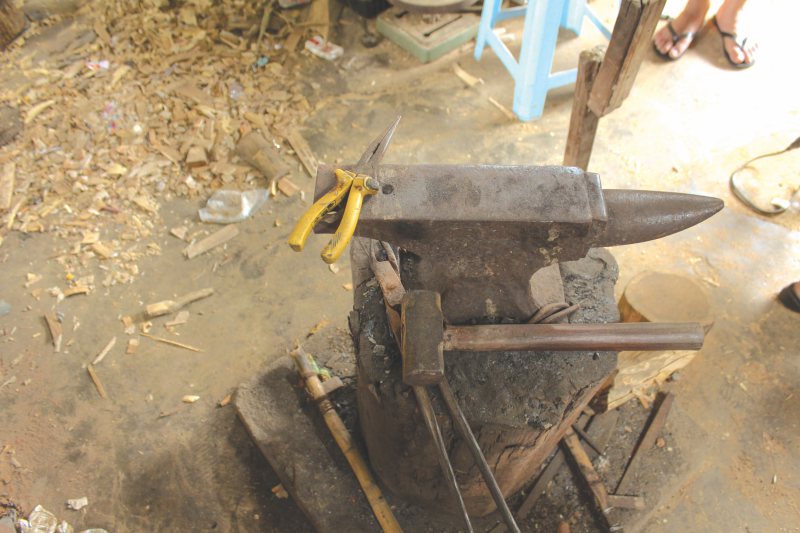
Forged In Fire And Magic
As he explains the keris-making process, it becomes evident that there is more to the dagger than just a weapon. The blade must be forged with seven metals beginning with the Arabic letter pa – paku, pahar (pedestal tray), payung (umbrella), puting (tip of any blade), pisau (knife), pagar (fence), pencebak (shovel). Each carries symbolic meanings such as protection, invulnerability and unity. The design of the keris is crafted to mirror the personality of its owner, using different patterns and number of curves.
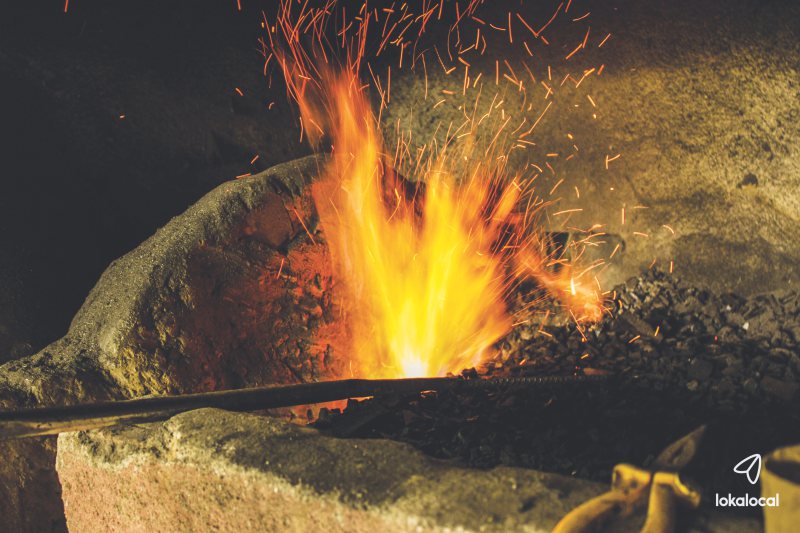
It is no wonder the keris is often believed to possess magical powers, be it good or bad. One popular folktale that comes to mind is Taming Sari, the famous keris in Malay folklore said to possess supernatural abilities owned by legendary warrior Hang Tuah. Today, many people still keep the dagger as a sanctified heirloom, talisman, status symbol, or accessory for official ceremonies.
Making the alloy is no easy task. Pak Mazin first ties the pieces together and heats it in the furnace. He then hammers it, folds it, and repeats the process at least 21 times to create a stronger blade. The blade is then polished with lime juice, as is tradition. Pak Mazin also carves the wooden hilt and sheath to complete the keris.
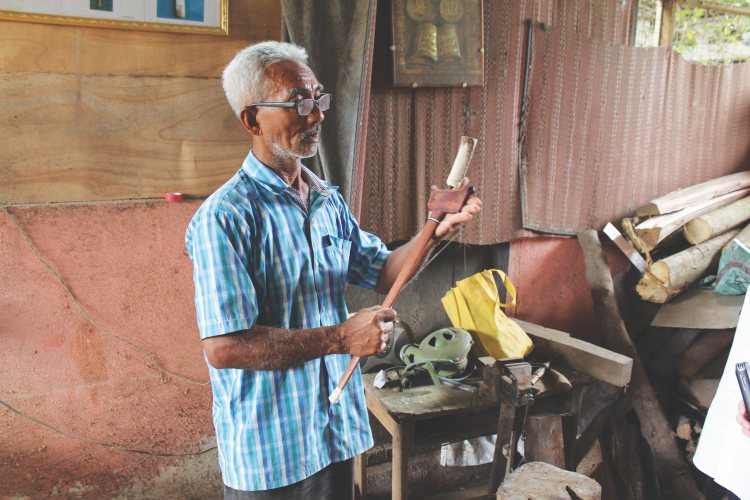
A National Identity
Kuala Kangsar once had at least 30 keris makers back in the 1960s, but the number has dwindled significantly. It is a dying craft – this much Pak Mazin knows – but he is determined to protect it. His son has inherited the legacy of crafting this traditional weapon. He also opens his doors to guests who want to learn about the myths and secrets of his trade in his workshop.
After all, he explains, the keris is part of our national identity. His hope is simple: “To remind generations to come that this is our heritage. If someone wears the baju Melayu (traditional attire), and wears the tengkolok (traditional headdress) but does not have a keris, it is like something is missing.”
For more information or demonstrations, book a session with Pak Mazin on LokaLocal. loka.fun/traditional-keris
